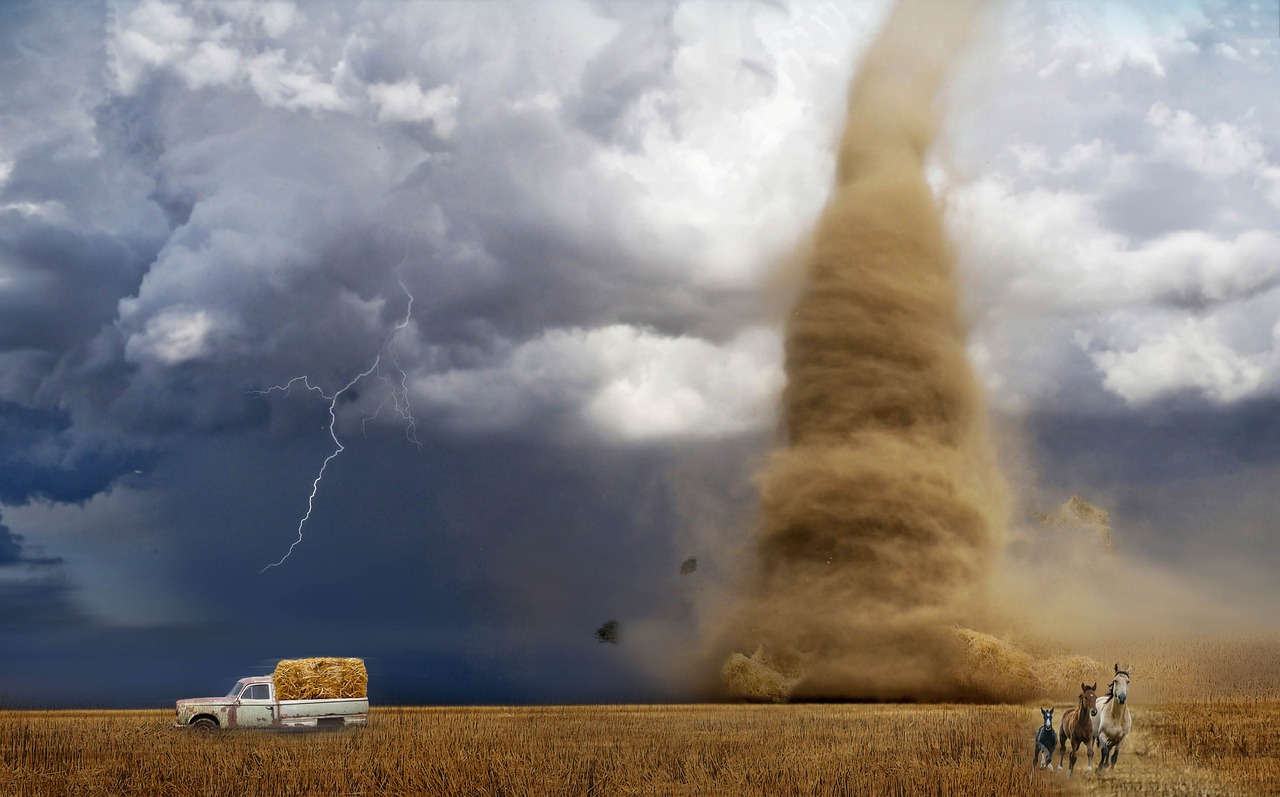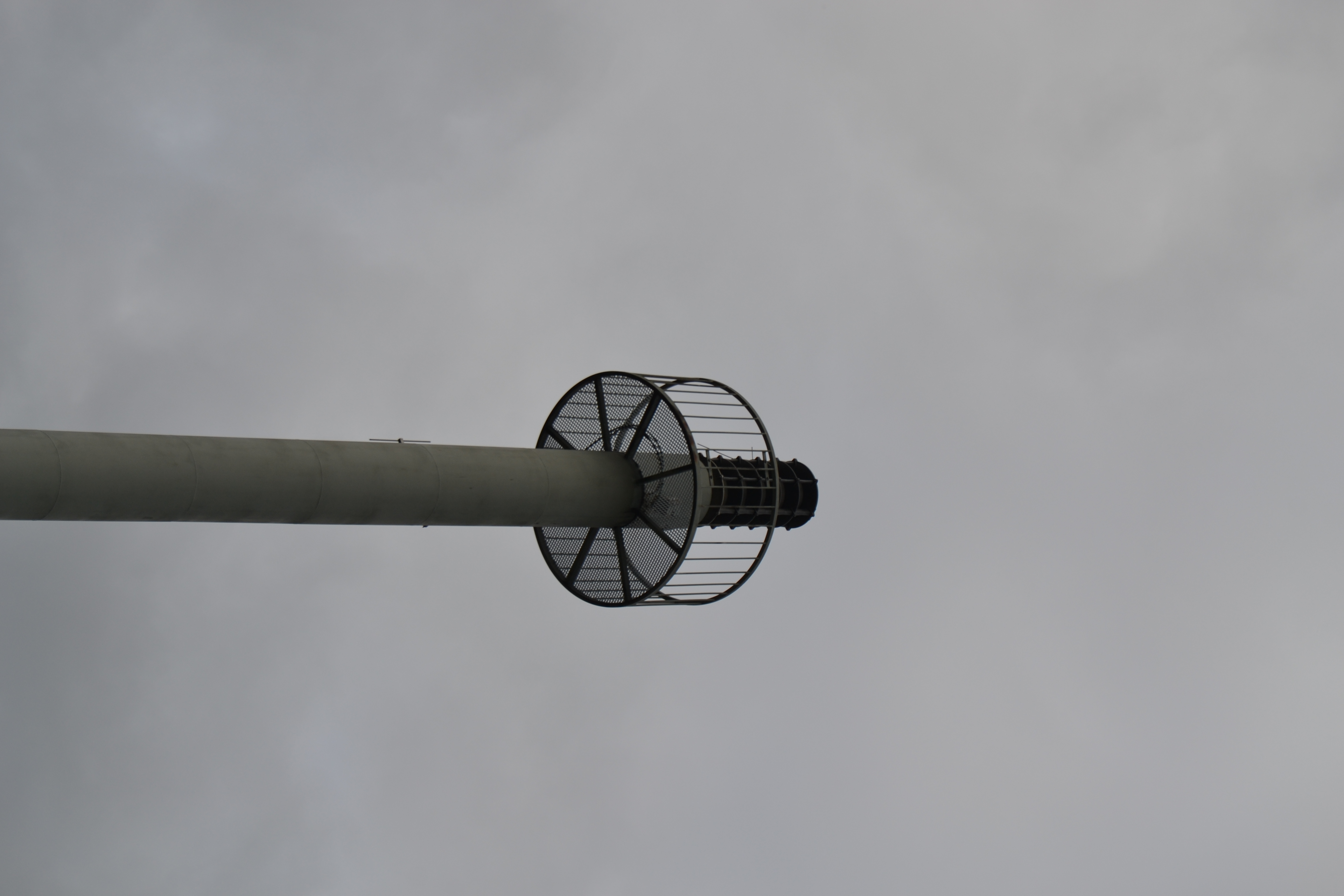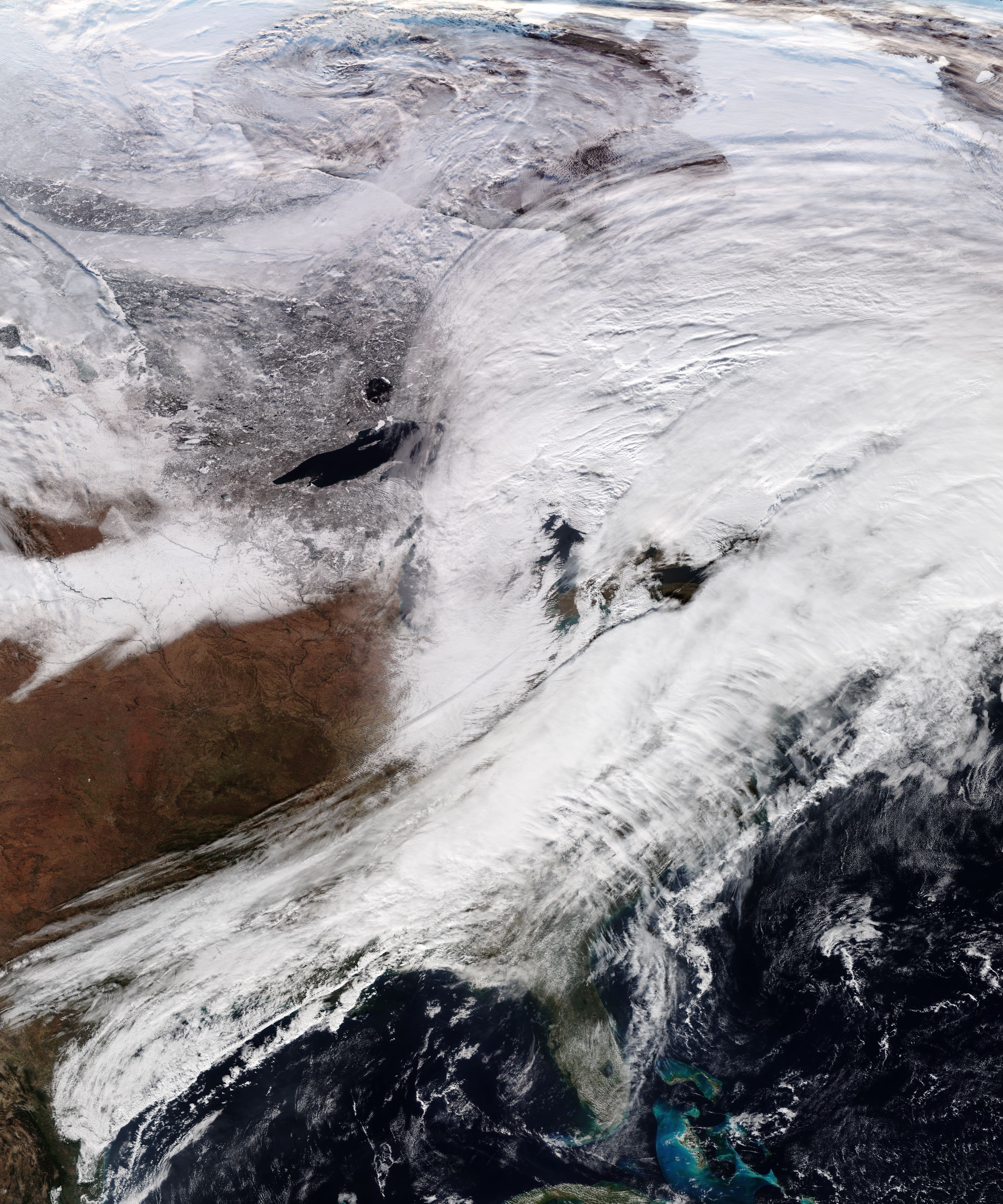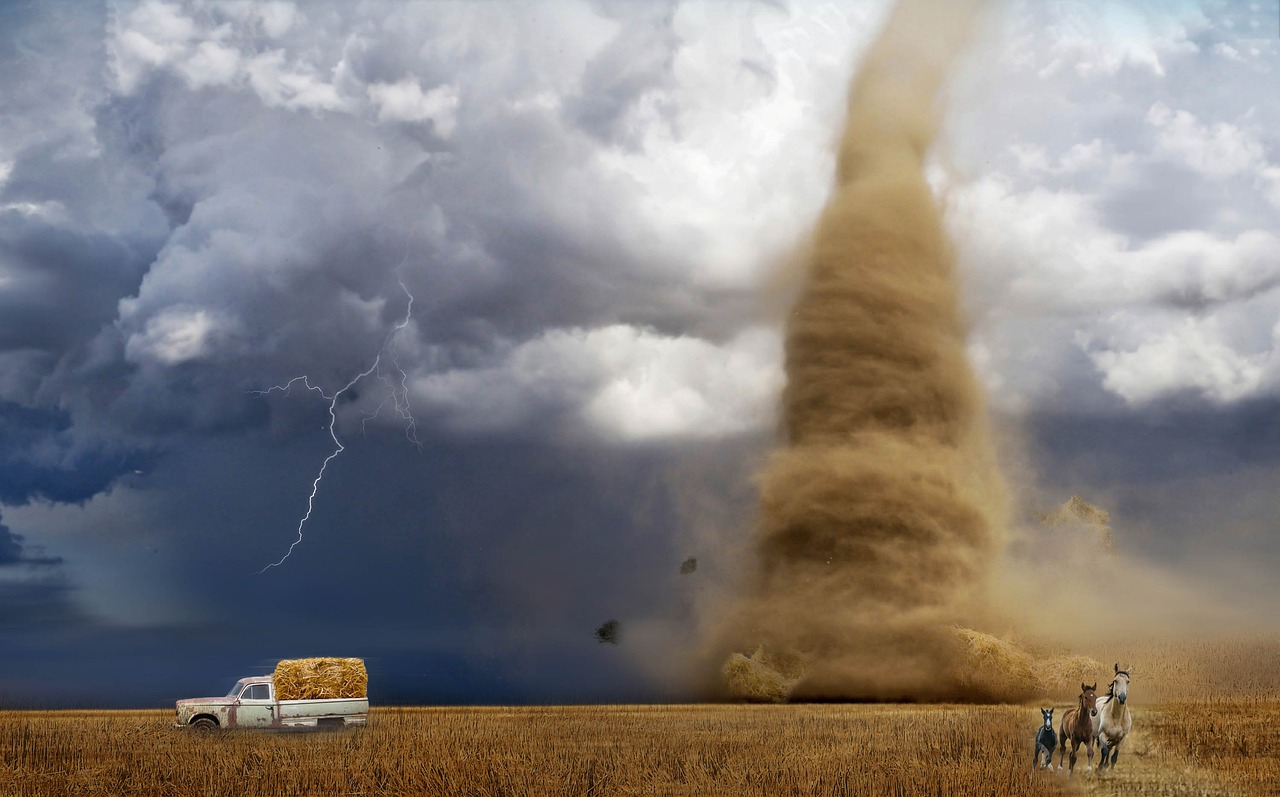- Why Scientists Track Atmospheric Carbon With Giant Towers - October 7, 2025
- The Link Between Melting Ice and Rising Sea Levels Explained - October 6, 2025
- How Ocean Currents Help Regulate Global Climate - October 5, 2025
Eastward Shift: Tornado Alley Redrawn

The American landscape of tornado danger is changing in ways that many never saw coming. For decades, the term “Tornado Alley” conjured up images of Oklahoma, Kansas, and Texas. But recent studies and storm data show a striking eastward migration. Mississippi, Alabama, and Tennessee are now the new epicenters. According to meteorologist Dr. Victor Gensini, “The bullseye for tornado activity has moved east.” Central Plains states have seen a drop in twister frequency, while the Southeast faces a surge. This shift isn’t just academic—it’s transforming how millions of Americans prepare for severe weather. Residents in the new zones are facing the reality that tornadoes are no longer a rare, distant threat.
A Surge in Tornado Numbers for 2025

The tornado season of 2025 has shattered expectations and records alike. By mid-April, the U.S. had already reported over 500 tornadoes—well above the historical average. Mississippi leads the nation with a staggering 95 tornadoes so far, outpacing even tornado-prone Texas, which has seen just 24. Missouri and Illinois are close behind, with 58 and 56 tornadoes respectively. These numbers don’t just represent statistics—they translate into real, lived experiences of fear, loss, and resilience for thousands of families. This anomalous spike is forcing meteorologists and emergency planners to rethink the tornado risk map for America.
Warning Sirens in the Southeast

Recent months have seen an explosion of tornado warnings across the Southeast. Between March 14 and April 14, 2025, the National Weather Service issued 144 tornado warnings in Arkansas and Mississippi each—nearly quadruple the number issued in Texas. For many in these states, tornado sirens have become a near-daily soundtrack. This surge in warnings is causing both anxiety and action, with schools and communities rushing to upgrade their emergency plans. The data is clear: the threat is growing where it was once considered low.
March’s Deadly Tornado Outbreak

March 2025 brought devastation on a scale not seen in years. From March 13 to 16, a historic tornado outbreak swept across the Midwest and East, leaving 43 people dead. Over 118 tornadoes were confirmed in just four days, marking the largest outbreak ever recorded for March. Communities from Kentucky to Ohio are still reeling, with many families displaced and entire neighborhoods flattened. Survivors recall scenes of “utter chaos and destruction,” a grim reminder that tornadoes can strike with little warning, even outside the traditional high season. The outbreak has become a tragic touchstone for a nation grappling with new weather realities.
Tornadoes Strike in Unlikely Months

It’s not just the location of tornadoes that’s changing—it’s the timing, too. A 2024 study revealed that tornadoes are increasingly occurring in the winter months, turning December and February into months of heightened risk. Notably, Texas, Mississippi, and Tennessee saw significant outbreaks during periods once considered safe. This trend is startling for communities used to associating tornadoes with spring or summer. “We’ve had tornadoes in the middle of the holiday season,” shared one emergency manager in Mississippi, “and that’s just unheard of.” The calendar is no longer a reliable guide for tornado preparedness.
Warm Gulf Waters Fuel More Twisters

Behind the eastward and seasonal shifts in tornado activity lies a warmer Gulf of Mexico. The Gulf’s rising sea temperatures are pumping more moisture and energy into the atmosphere, creating the perfect recipe for severe storms. Experts point to this oceanic warmth as a main driver of the tornado surge in the Southeast. Meteorologist Emily Jones says, “When the Gulf is warm, we see more violent storms and tornadoes further east.” This warm water acts like gasoline on a fire, intensifying storms and expanding the tornado threat zone. The impact is being felt all the way from the Gulf Coast to the Appalachian foothills.
Cities Now in the Tornado Crosshairs

It’s not just rural towns feeling the brunt of the storm. Urban areas like St. Louis, Missouri, and London, Kentucky, have suffered deadly tornadoes in 2025. The growing risk in cities is especially alarming because of the high population density and the complexity of evacuations. Many city dwellers, unaccustomed to tornado drills, are now being urged to develop emergency plans. The image of tornadoes tearing through cornfields is being replaced by the reality of twisters ripping across highways and subdivisions. For urban families, the threat feels startlingly close to home.
Southwest’s Drought, Fewer Tornadoes

While the Southeast grapples with more tornadoes, parts of the Southwest are experiencing the opposite. Texas and Arizona are mired in extreme drought, and this dryness seems to be suppressing tornado activity in these traditional hotspots. The lack of moisture means fewer storms and, by extension, fewer tornadoes. This shift is a double-edged sword: while residents welcome the break from twisters, they now face new challenges from ongoing drought, such as wildfires and water shortages. The tornado “outlook” map has been redrawn, leaving longtime residents surprised by the calm.
High-Risk Alerts in the Heartland

April 2025 saw the U.S. Storm Prediction Center issue a rare “high-risk” severe weather alert—a designation reserved for the most dangerous storm setups. The alert covered west Tennessee, northeast Arkansas, southeast Missouri, western Kentucky, and southern Illinois, warning of multiple long-track tornadoes rated EF3 or stronger. These alerts set off a wave of emergency preparations, with thousands taking shelter in advance. The high-risk designation highlights just how volatile and unpredictable tornado season has become, even in places that once felt safely outside the crosshairs.
New York’s Record Tornado Year

Even the Northeast, long considered a tornado afterthought, is feeling the shift. In 2024, New York set a new record for confirmed tornadoes since such records began in 1950. On July 16 alone, five tornadoes touched down across the state, stunning residents and emergency officials alike. For New Yorkers, the sight of funnel clouds and storm sirens is still jarring—and a stark warning that no region is truly immune anymore. As tornadoes touch down in unexpected places, Americans everywhere are asking: where will the next twister strike?

